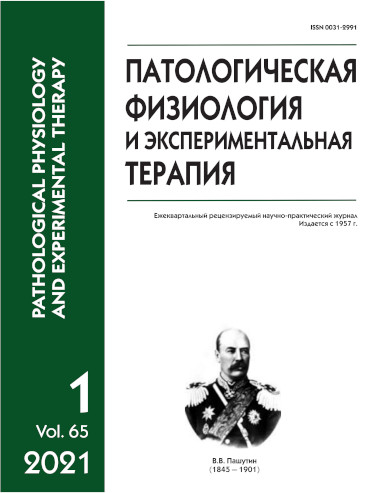Changes in free-radical oxidation in isolated femoral fracture during the systemic ozone therapy
Abstract
Introduction. Isolated femoral fractures (IFF) account for more than 10% of all road injuries. The body responds to trauma with homeostatic disorders and activation of free radical oxidation. The ozone therapy is one of promising directions for correction of metabolic disorders in surgical pathology due to the pleiotropic effects of reactive oxygen species. The aim of the study was to evaluate changes in indexes of free radical oxidation in plasma of patients with isolated femoral fracture during the systemic ozone therapy. Methods. The study included 36 patients with IFF and 20 healthy individuals. Plasma concentrations of isopropanol and heptanesoluble primary, secondary, and end products of lipid peroxidation (LPO) were measured at 5-7 days after the injury, prior to the surgical treatment, and at 18 days after the injury following the surgical treatment and a standard therapy, including a course of minor autohemotherapy (7-9 injections of ozonated blood with ozone concentration of 20 mg/l). Results. The early post-traumatic period preceding the surgical treatment was associated with accumulation of LPO primary (conjugated dienes), secondary (ketodienes, and conjugated trienes) and end (Schiff bases) products in the heptane phase of plasma lipid extract, as well as LPO secondary and end products in the isopropanol phase of plasma lipid extract. In patients with IFF after the surgical treatment in combination with a standard, conservative therapy, high levels of LPO products remained in the heptane and isopropanol phases of plasma lipid extract, which indicated escalation of oxidative stress. The use of minor autohemotherapy with blood ozonation resulted in a decrease and complete restoration of the level of LPO products in the isopropanol phase and a decrease and partial return to the normal level of LPO products in the heptane phase of plasma lipid extract. Conclusions. The use of minor autohemotherapy with blood ozonation improved the condition of pro- and antioxidant blood systems and restricted the escalation of oxidative stress.






